You’re here because you’re wondering how much does it cost to make an NFT collection? The short answer is: it costs almost nothing, as long as you use the right tools!
If you intend to create your own NFT, it is crucial to have a comprehensive understanding of all the expenses involved in the process. Several blockchains are available for selection, each with its own set of associated fees.
This article will show you how to make an entire NFT collection while paying as little as possible.
What Is an NFT Collection? What are NFTs?
To start with, an NFT (Non-Fungible Token) is a digital asset and certification of uniqueness stored on the blockchain as a piece of data which is not interchangeable or replicable. NFTs are designed in such a way that you can always certify their ownership and authenticity, which means they cannot be copied. NFTs come in many forms, but are commonly associated with images, video, or audio.
An NFT collection on the other hand, is a series of NFTs all within the same smart contract. The Bored Ape Yacht Club collection is a great example:
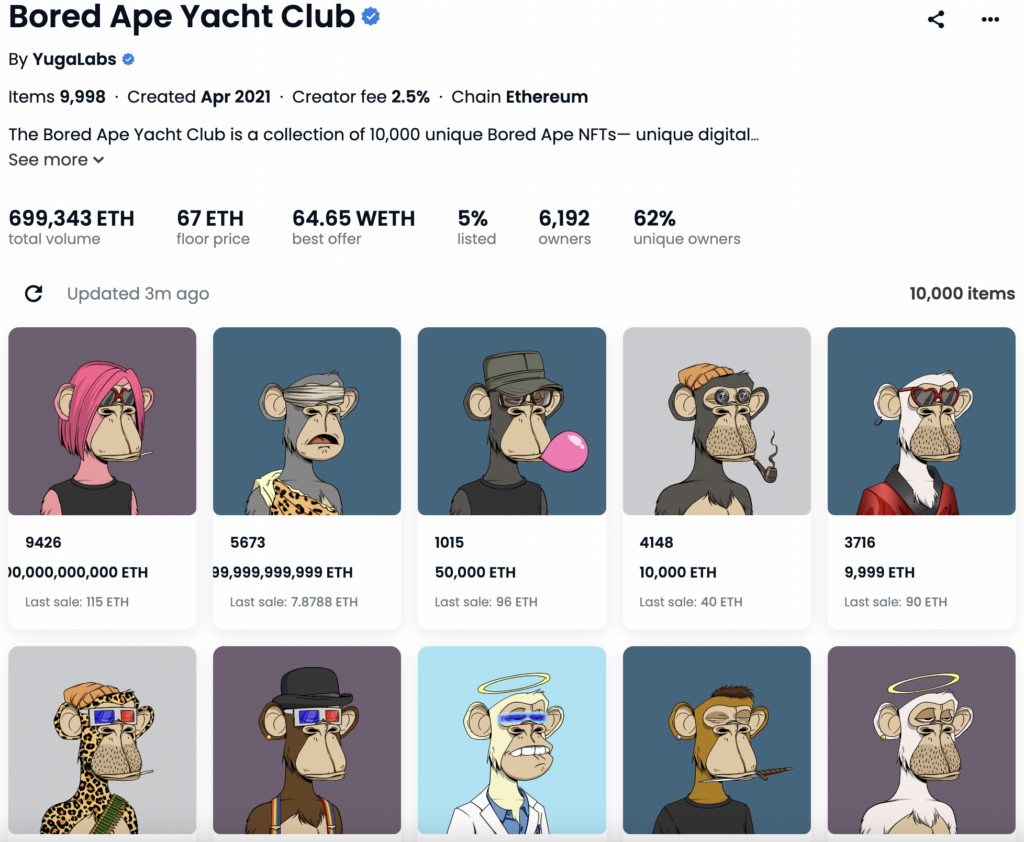
Their NFT collection consists of 10,000 unique apes.
The CryptoPunks collection is another famous example:
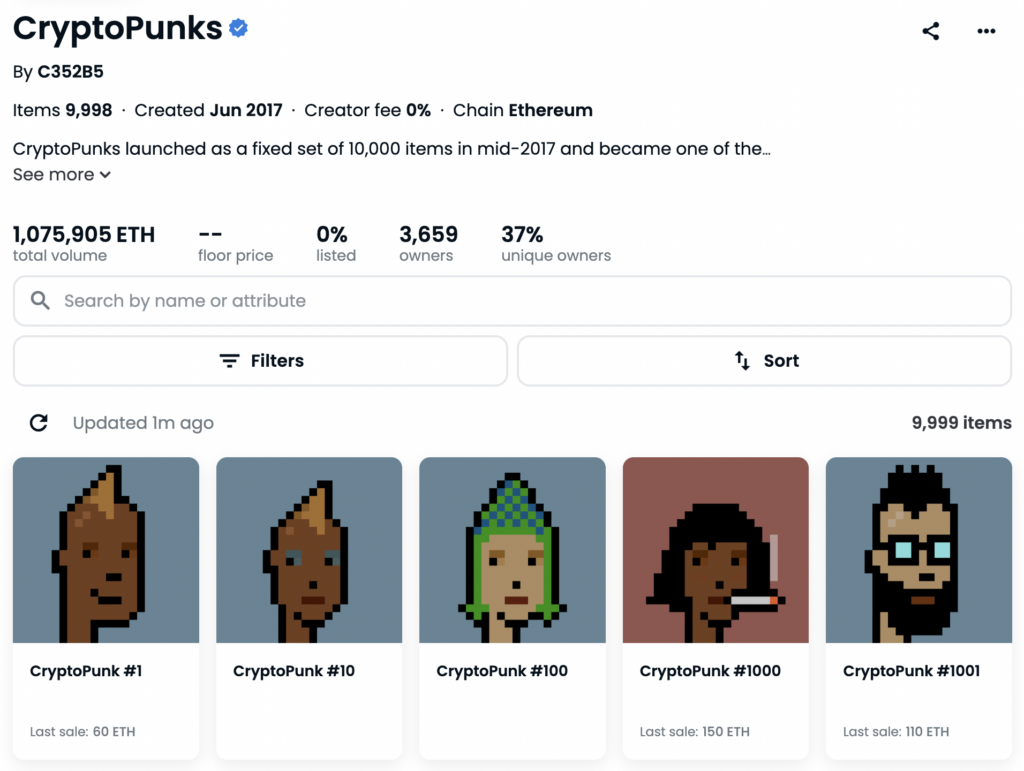
Their NFT collection has 9,998 unique punks. In both of these examples, you can see that each of the NFTs pictured is a part of one collection. A “collection” can vary quite a bit though: they can have 10 tokens or 10,000 tokens, or anything in between. They can be a collection of unique 1/1 art or all the exact same design. When it comes to how much does it cost to make an NFT (or a collection), there are so many factors to consider, but few rules to abide by. Every collection and creator is different.
In this article, we’ll discuss the cost of creating an NFT collection with 1,000+ tokens, each with a unique design.
Creating and Launching an NFT Collection Used to Be Quite Expensive
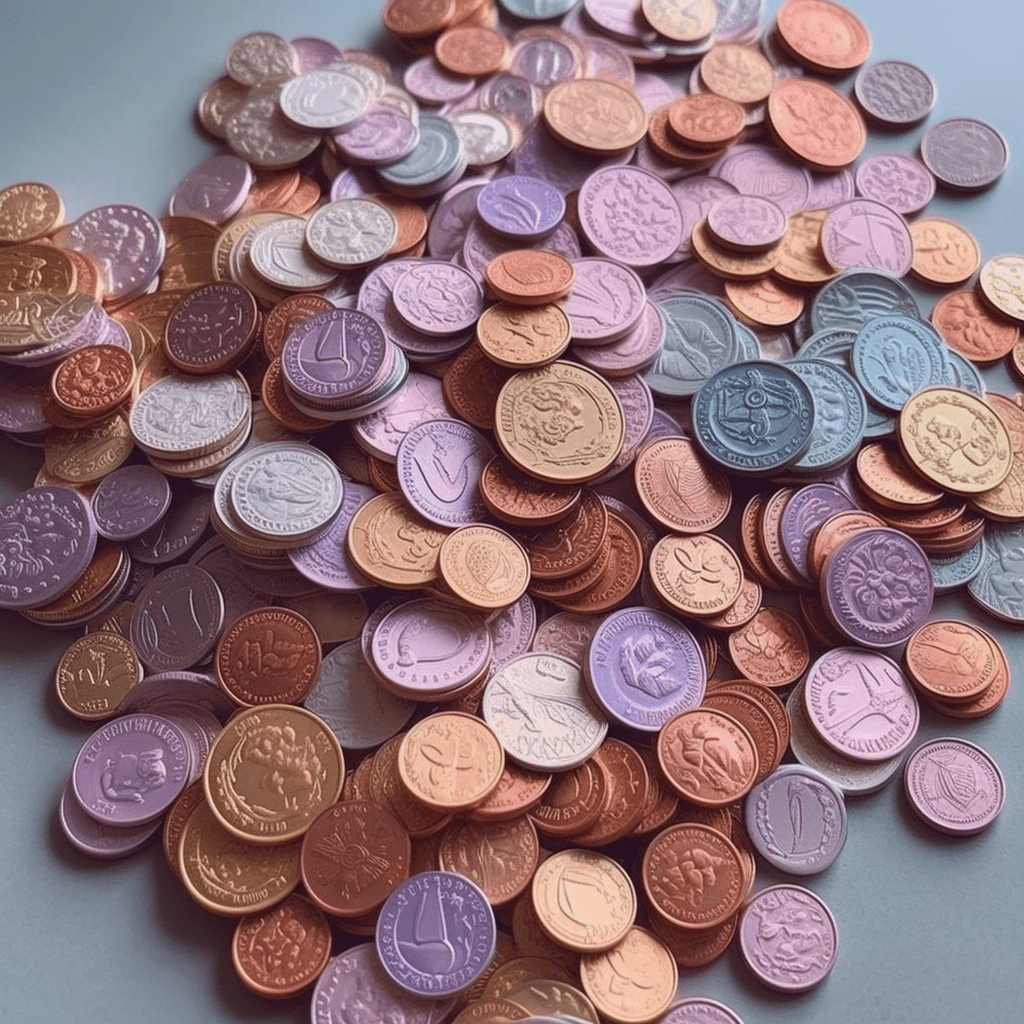
If you learned about the existence of NFTs during the bull market craze, you were probably inspired by all of the projects that were popping up out of nowhere, making millions of dollars seemingly overnight. You may have even looked into how much it would cost to launch an NFT project like that.
Back then, the cost of making an NFT collection was very, very high. If you needed to hire developers to build your smart contract, it would easily cost tens of thousands of dollars on top of a % of your revenue. Even launching the smart contract itself could be hundreds of dollars during Ethereum’s peak gas prices.
For a while, launching an NFT collection simply wasn’t a possibility for most creatives or creators. But today, that has completely changed thanks to so many no-code tools that have emerged since the original NFT boom. Today, anybody can launch an NFT collection, at very little cost.
Now you may be wondering, how much does it cost to make an NFT collection? The short answer is that you can launch an NFT collection for as little as $20-50 dollars! All you need to do is use the right tools, and do a little work yourself.
| Cheapest option | Cost | |
| How much does it cost to hire an artist? | MidJourney | Free trial |
| How much does it cost to generate an NFT collection? | Launchpad | 100% free |
| How much does it cost to maintain a web3 Discord community? | Discord | 100% free |
| How much does it cost to do marketing for my NFT collection? | Learn how to write Twitter content yourself, manage your own partnerships and collabs. | 100% free |
| How much does it cost to develop a smart contract? | Launchpad | 100% free + around $60 gas fees paid to the blockchain (not paid to Launchpad) |
| How much does it cost to get a website up and running? | Typedream | Free plan |
| How much does it cost to turn a website into a mint website? | Launchpad | 100% free |
| Total: around $20-50 in blockchain fees (if deployed with an optimized smart contract) |
Let’s break down each of the core components of launching a project, and see what your options are. Feel free to skip ahead if you know exactly what you’re looking for!
How Much Does It Cost to Create NFT Artwork?
How much does it cost to hire an artist?
Free options: AI art generators can help you design exactly what you’re imagining, even if your artistic capability is limited. Take KaySurreal for example: they are an AI artist and their most recent collection completely sold out. A quick Twitter search for “AI artist” reveals many more successful creators that have leveraged AI to visualize their concepts!
AI art generators like MidJourney and StableDiffusion have extensive free trial periods that let you test out their service. If you need more iterations than the free trial provides, the monthly subscriptions range from an affordable $15-$30. Something like this can work if you want to create a collection of unique 1/1 NFTs, or an ERC1155 token.
If you want to see how robust these art generators are, check out Midjourney’s recent user showcase page:
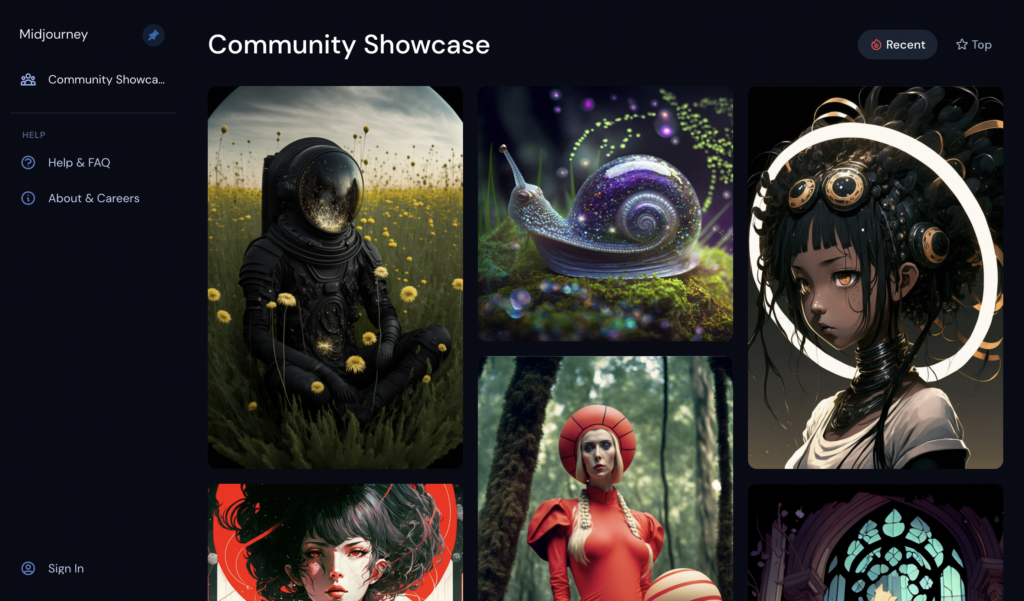
In addition to AI generators, you can explore actually creating NFT art yourself! There are so many incredibly successful creators in a huge range of different art styles present in the NFT space. We’ve seen comedic pixel art like CryptoDickDickButts, with over 16,000 in total volume (nearly $27 million in today’s prices), all the way to Azuki’s anime designs, with over 554k in total volume (over $960 million in today’s prices).
There are so many wonderful art tutorials and free tools out there to learn from. You can become a creative even if you’ve never been one before. If you dive deep into the Twitter web3 rabbit hole, you’ll be surprised to find that many creators are completely self-taught.
Low cost option: You can find and hire incredible freelance artists from around the world. Some countries have a significantly lower cost of living compared to where you live. This allows you to hire somebody for a price that’s inexpensive to you but wonderful for them. Dribbble and Instagram are awesome places to find talent.
The prices vary based on location and experience, but Dribbble allows you to sort freelance designers by cost. Try it out, you’ll be blown away by how many there are to pick from! For example, Catalyst lists their services at $1 per hour, BERG is $25 per hour, Breno is $50 per hour, Alexander is $75 per hour. (None of these are artist referral links or sponsored, we just genuinely like their work!)
Expensive option: If you have the funds to spare and want to hire a very specific artist (for example, the illustrator behind a well loved comic book), they may be willing to collaborate with you if your project idea is aligned with their interests. Established artists tend to require more money. Typically, you’ll see artists who are looking to be paid up front in addition to a percentage of your mint sales. This can range anywhere from ~5k-30k up front and 5%-15% of mint revenue or more, depending on the artist.
What Are NFT Royalty Fees?
Royalties allow creators to continue to make money when their NFT is sold after the initial mint. Imagine this: you launch a collection and Sally purchases your NFT on mint day. She lists it on OpenSea. A month later, David purchases that same NFT from Sally on OpenSea.
David’s purchase is called a “secondary sale”, which a royalty fee can be added on top of. That additional fee will go to you (the creator). The perspective here is that if the creators (project founders and/or artist) succeed in creating something that sells, they deserve to reap the rewards as well. In fact, these secondary royalty fees have been the driving reason a lot of artists came into the NFT space in the first place.
It was also common for the artist to receive 1%-10% of the royalties earned, depending on a variety of factors, like:
- How successful is the artist? Notable artists, and artists with a lot of experience under their belt, can charge more for their work. Not only do they have talent though prior experience, they may contribute to your project’s audience by exposing their fans to your project.
- How much did the artwork contribute to the success of the project? There are times when the artist and the art they create is truly integral to a project, and times when the art is more like an added bonus. If the artist creates a core component of the project’s value, a higher percentage or royalties is deserved.
- How involved was the artist in the project overall? Was the artist somebody you talked to for a few hours, and that’s it? Or, were they working alongside your team for weeks? Will they help with project marketing? Will they interact with the community? The more involved they are, the more they deserve a high percentage.
However, the times have changed.
Why Are NFT Royalty Fees Going Down?

Traditionally, artists and creators would set a royalty rate of somewhere between 5-10% for their work, ensuring a small stream of additional income for all secondary sales of their artwork. While this practice is still common among independent artists and those releasing small collections, there has been a lot of experimentation in royalty fees for NFT artists and creators over the past year.
Much to the disappointment of creators, the percentage of royalty fees has been trending downwards for some time now. Furthermore, many people today release their work with no royalty fees, or at the minimum royalty fee enforced by the market (which popular marketplaces like OpenSea and Blur have seemingly come to an agreement at 0.5%). This perspective favors traders and collectors over creators, driven by the belief that minimizing costs for traders/collectors will lead to greater sales and a healthier market.
The jury is still out on royalty fees, and there are strong opinions on both sides of the debate. As it doesn’t seem like people will come to an agreement anytime soon, it’s best that you consider what factor royalty fees play in your collection, and how that may affect your target audience. While there isn’t a standard rate that applies to every artist and project, you can use the information above to help guide your decision.
And if you’re a creator looking to protect your royalties, be sure to read How On-Chain NFT Royalties Enforcement Works for more context on how royalties work, and how to enforce them to the best of your ability.
How Much Does It Cost to Generate Art for an NFT Collection?
For each of the platforms below, let’s imagine that you want to create a collection with 10,000 NFTs.
- 100% free: With Launchpad, you can generate aft for your NFT collection and deploy custom smart contracts for free. It’s an incredibly comprehensive no-code NFT toolbox for creators: the Launchpad NFT art generator allows you to generate and preview unlimited collections, specify layer rarity, create complex layer rules, input 1/1s into the collection for ultimate rarity – just to name a few features.
- $529: NFT Art Generator allows you to generate and preview unlimited NFTs, set rarity, and create trait rules. If you go on to use their smart contract features with the NFTs you generate, you will pay 5% of your mint sales.
- 0.1 Ethereum ($175 as of June 2023): Bueno is an easy to use NFT generator, though it can be pretty pricey. Once you generate your NFT collection, you need to pay before you can export your collection and metadata. The rate is 0.00001 ETH per NFT generated. For a collection of 10,000 NFTs, the cost is 0.1 ETH (around $175).
How Much Does it Cost to Maintain a Discord Community?
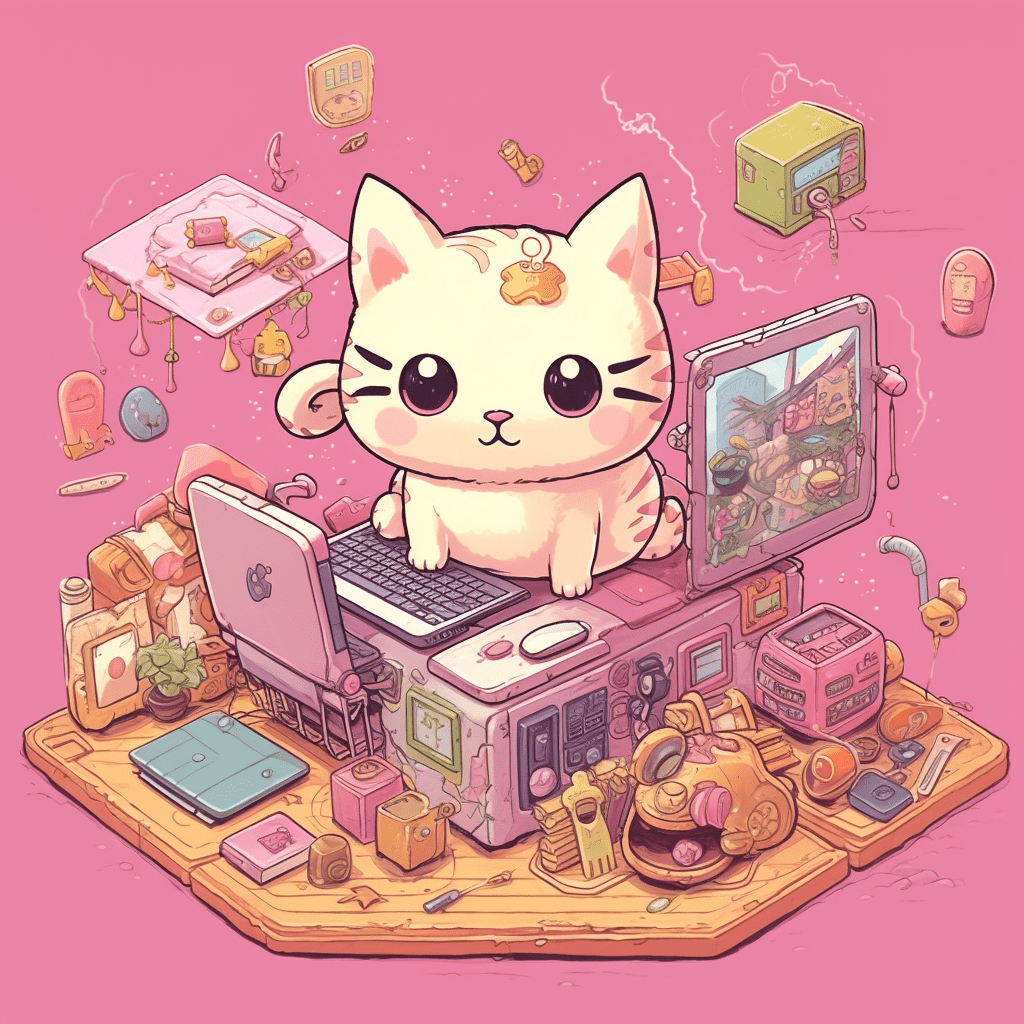
Truthfully, you don’t need to pay anything to maintain your Discord community. Discord is an amazing free tool on its own.
While Discord bots aren’t necessary at all, there are a few that are popular in the web3 space:
- Collab.land – 100% free: This Discord bot manages token-gated channels and roles. For example, you may want discord channels to only be accessible by users who own your NFT. If they sell their NFT, you want that access to be automatically revoked.
- YAGPDB – 100% free: This is an awesome general purpose Discord bot. There are tons of features, but just to name a few: you can allow users to self-assign roles, moderate content, create custom commands, and give warnings.
- Wick – great free plan: This Discord bot focuses on keeping your community secure. It is built to prevent spam, raids, advertisements, and malicious links. In the event that one of your staff accounts get compromised and exhibit strange behavior (for example: suddenly deleting channels) Wick will step in and quarantine the user.
- Mee6 – great free plan: If you’ve joined a web3 community on Discord, you’ve probably been greeted with a welcome message from Mee6! This discord bot is wonderful for onboarding new users: welcoming them, informing them of server rules, and community events. You’re also able to create custom commands, like giving users roles for specific behavior.
How Much Does It Cost to Market My NFT Collection?
It’s 100% free if you do it yourself!
You can network with, give value to, and eventually collaborate with other projects at no cost. This space is incredibly special: creators and builders recognize how difficult it is to launch something, and people are often thrilled to meet others with shared interests and goals. Our #1 piece of advice is when it comes to getting collabs and partnerships is to give value to others: people can sense if you just want to gain something from the interaction and it doesn’t feel good.
You can write your own Twitter threads. Study others in the space that have successful Twitter content, and try to implement the strategies you learn. Canva is an incredible free tool for social media assets – it’s so easy to use, you don’t need to be a designer to make great graphics!
How Much Does It Cost to Work with an NFT Advisor?
~1%-10% of mint revenue if you work with an advisor. Advisors are a wonderful way to leverage somebody’s prior experience and valuable connections. They may promote your project on their own platform, give you advice as you plan and execute your project, or introduce you to the right people to fill gaps in your own abilities. Advisors can be a great asset, but are not cheap.
A big name may charge as much as 3% just for being able to put their face on your website. Advisors are certainly not necessary, but can be helpful if you find one that genuinely aligns with the mission of your project, and can provide meaningful support to you. Just be sure to do your research: in today’s hustle economy, seemingly anyone and everyone can be an advisor, and their ability to help you may vary greatly.
How Much Does It Cost to Make an NFT Smart Contract?
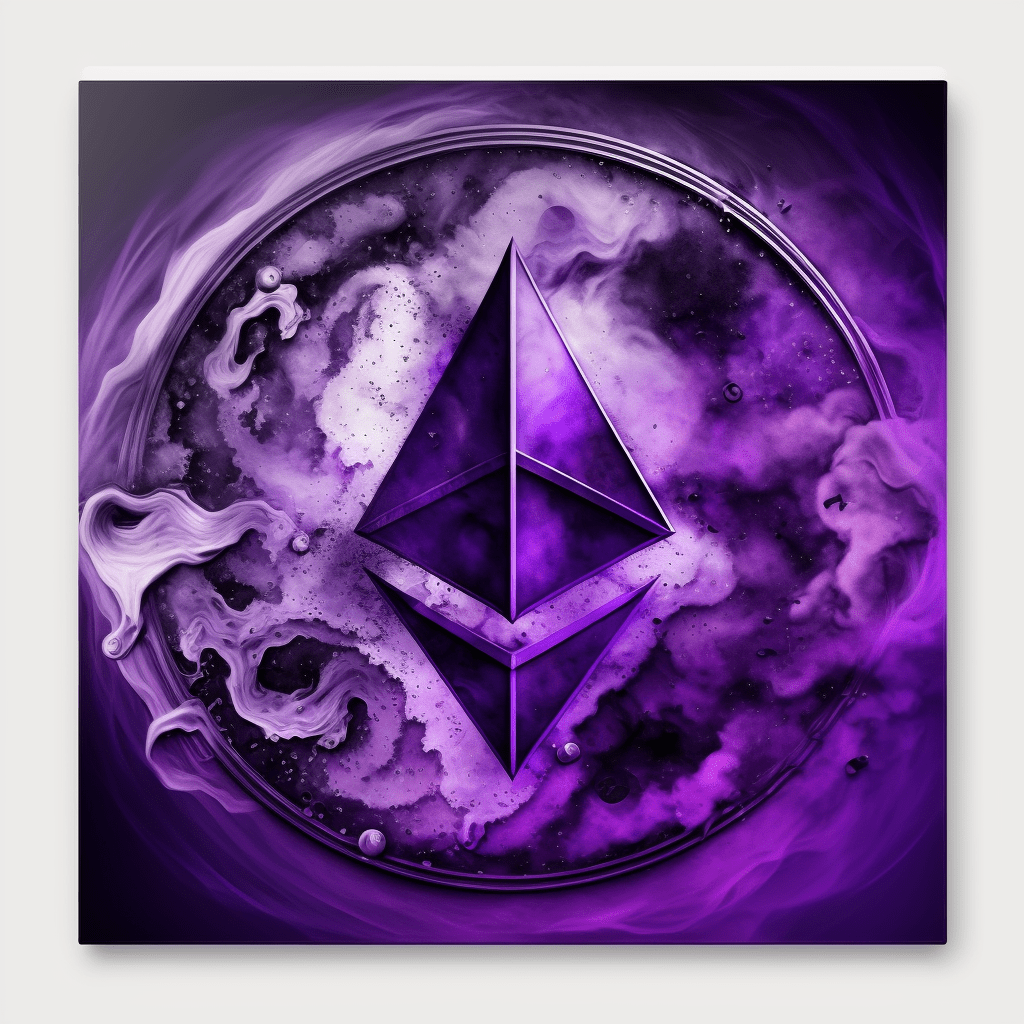
This is what you can expect when it comes to developer fees
- 100% free: Launchpad is a no-code toolbox that allows you to generate your own custom smart contract for free. The smart contract generator is incredibly robust: you can do basic things like host a pre-sale and public sale, set max mints per wallet, split primary sales to multiple wallets, or set royalty percentage to name just a few. You can also add blue chip features like: blocking marketplaces that don’t honor royalties, soulbinding, lending, burn to mint, free claims, and more.
You can click here to learn more about Launchpad and all of the features it offers. - 0%-5% of mint + Creator Pass cost of 0.04 Eth – 0.099 Eth: NiftyKit is a no-code smart contract generator that lets you launch your NFT project without needing to hire developers. NiftyKit smart contracts allow users to implement basic features like: pre-sale, public sale, revenue split, reveal – to name a few.
- 3-5% of mint: NFT generator is a no-code smart contract generator with basic features as well: pre-sale, public sale, embeddable mint button, reveal – to name a few. The percentage they take is on a sliding scale – they take 5% up to 100k in mint revenue, 4% up to $300k in mint revenue, and 3% over $300k in revenue.
- 2k-10k up front + ~10% of mint + 3 ETH audit: Hiring your own developers. We believe that there are so many great no-code tools out there, you really don’t need to hire a team of developers to write your smart contract from scratch (especially with Launchpad’s ability to add blue chip features for free). However, if you are certain this is a necessity (maybe you want to add a smart contract feature that none of the no-code platforms support), you can expect to pay 2k-10k upfront in addition to ~10% of mint if you need to hire your own team.
How much does it cost to audit an NFT smart contract?
If you choose to have a developer studio create your smart contract, you’ll need to have that contract audited to ensure there are no security vulnerabilities. Auditors can be quite expensive. For instance, when researching for our own smart contract auditor, the lowest cost we could find was 3 ETH for an individual auditor, and much more for large scale audit firms.
How much does it cost to deploy my NFT smart contract?
Whenever you deploy a smart contract, you will have to pay a network fee. This is a fee that’s paid to the blockchain, regardless of which tool you use. Depending on which tool you use, the deployment fee will vary, depending on how efficiently that smart contract is written, as well as the complexity of the contract. With Launchpad, for example, a smart contract costs about $20-50 to deploy (paid to the blockchain, not to Launchpad). These costs may fluctuate depending on gas price as well, but that will be the same no matter which platform you use.
How Much Does It Cost to Create an NFT Mint Website?
Let’s break this down into two parts. First, the cost to actually get a website up and running, then the cost to turn that website into a minting page that allows users to purchase your NFTs.
Step 1: How much does it cost to get a website up and running?
- Free plan: Typedream is a super easy to use, minimal, no-code website builder. The design is quite simplified, and can work well for somebody who wants to make something without committing to any monthly fee.
- $16-$23 per month: Squarespace is an awesome no-code website builder with great customer support (I’m a real customer!). The prices vary slightly depending on which features you need, in addition to a discount if you purchase the annual subscription. All plans come with a free custom domain! What sets Squarespace apart from other website builders are the templates: in our opinion, they are better designed than their competitors.
- $16-$22 per month: Wix is another easy to use no-code website builder. Every plan comes with a custom domain, as well as 24/7 customer support. They have over 800 templates across a wide range of themes.
- 5k-30k: If you want to build an incredibly unique, custom website that simply cannot be accomplished with a no-code builder, you may find yourself wanting to hire designers and developers to build your dream website. However, while this option gives you much more freedom, it also costs much more.
Step 2: How much does it cost to make an NFT minting website?
100% free: Launchpad provides two different ways to create a mint website. First, there is a free customizable mint button embed that includes the functionality necessary for your audience to mint your NFTs. Once you create your smart contract with Launchpad, you can customize your mint button to fit in with your collection’s branding. A html code snippet is generated, which you can paste right into your Squarespace (or similar) website! That button allows your collectors to connect their wallet and mint NFTs seamlessly!
Second, Launchpad gives you the ability to create an actual mint website with the click of a button.
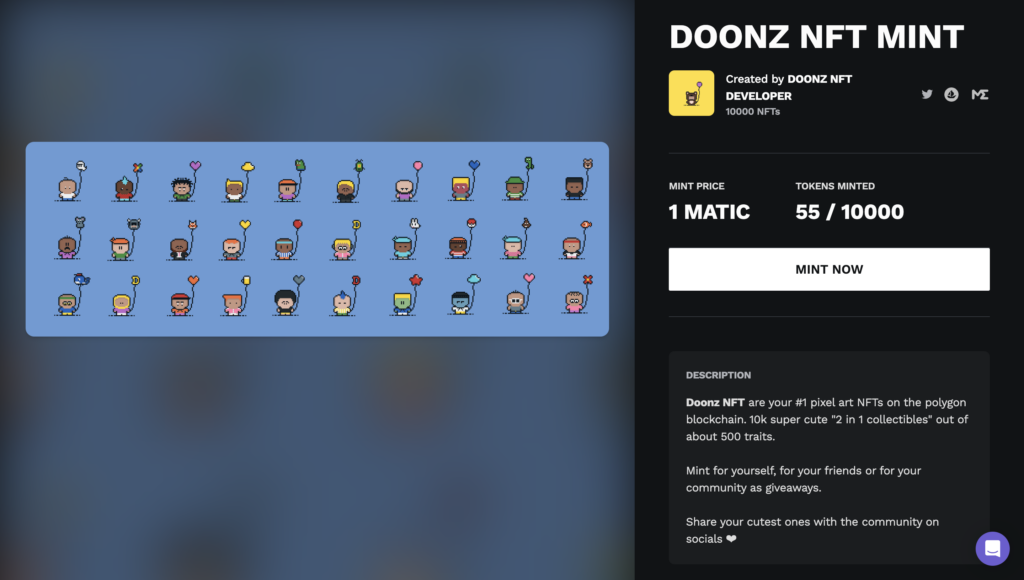
Up to 5% of mint: Unfortunately, while other services like NiftyKit, or NFT Generator do have mint pages or mint button embeds, you can only use these features if you pay for their other services.
Conclusion: So, How Much Does It Cost to Make an NFT Collection?
Launching your own NFTs doesn’t have to be an expensive project! In fact, if you add up all of the cheapest solutions, you’ll be spending in the ballpark of $20-$100 to launch your collection! And that’s just Ethereum Mainnet. If you’re pursuing other blockchains, the costs will likely be even cheaper.
Frequently Asked Questions
While the main article above should provide all you need to know about the cost of making an NFT (or NFT collection), we’ve decided to include some of the most common questions we get about NFTs from readers in response to this article. Read on if you’d like to dive deeper into some of the costs associated with creating NFT collections, and ways you might consider reducing it.
How to Reduce the Cost of Making NFTs?
To minimize expenses, some creators consider launching their NFTs on a blockchain with lower transaction fees. While Ethereum remains the premier choice for NFTs, its gas fees are higher compared to alternative popular blockchains such as Polygon, Solana and Tezos.
For small collections, numerous marketplaces provide the option of making NFTs without incurring gas fees through a process known as lazy minting (although this is typically not ideal for large collections, and comes with a number of caveats regarding smart contract ownership, and control over your work).
Alternatively, you can patiently wait until gas fees decrease to more affordable levels before engaging in activities like deploying your smart contract. Similarly, when you’re minting, waiting until gas fees are lower can save you a bundle (if you’re launching a collection instead of minting, your collectors may still appreciate this) . You can even set your own gas fees if you wish, and wait for the transaction to clear; we’ll say more about that a few questions down!).
What is Lazy Minting?
Put simply, lazy minting is the process of making NFTs in such a way that no minting fees are paid by the creator. This is only the illusion of free, however: in truth, all it does is defer the typical minting costs until your NFT has sold, which effectively passes the charges onto the customer. But for large collections or projects aiming to be blue chip NFTs, this is simply not recommended or feasible in many cases.
You can read more about Lazy Minting in our article, How to Make an NFT for Free.
Does It Cost Money to Make or List an NFT?

Typically yes, making an NFT or listing it for sale on a marketplace will come at a cost, although the amount that it costs can differ wildly depending on a number of variables. Some marketplaces allow “Lazy Minting” which is one way for the frugal to save on costs.
How Much Does It Cost to Mint an NFT?
Minting an NFT can vary due to a number of factors, including network congestion, fluctuations in the market and gas prices, the units of gas involved in the transaction, the complexity of the NFT, optimization of the smart contract, potential marketplace or platform fees, and more. In general, most ETH L2s are drastically cheaper than Ethereum, as are some of the popular alternative blockchains. But as a ballpark average:
| NFT Blockchain | Average Cost to Create (Mint) an NFT |
| Ethereum | NFT cost + ~$3.50 in gas (assuming 30 gwei) |
| Polygon | NFT cost + a few pennies or less |
| Arbitrum | NFT cost + a few pennies or less |
| Optimism | NFT cost + a few pennies or less |
| Solana | NFT cost + a few pennies or less |
| Tezos | NFT cost + ~ $0.10 – $0.25 |
Once again, keep in mind that prices fluctuate heavily, so don’t take this as guaranteed. Also, while the higher gas costs of Ethereum may seem like a sign to pursue other blockchains at first, Ethereum remains the dominant blockchain for the vast majority of successful NFT collections. ETH also has robust marketplaces. Gas alone does not appear to be as large of a factor for collectors/minters as some creators may expect (especially during a bull market). Right now, in the bear market however, many people are far more discerning and careful with their purchases and expenses.
That being said, 2022 until present has seen some outstanding improvements and growth by Polygon, who have seen a huge surge of NFT project launches, as well as integration into many popular web3 games. Their team is competent and helping drive the adoption of NFTs. At the time of this article, apart from Ethereum, Polygon is the only serious competitor in terms of projects, scale, tech, market size, and adaptability.
While there are many other promising blockchains (and even more being created all the time!) it cannot be overstated how much of the market is shaped and overshadowed by Ethereum and Polygon.
What Are Gas Fees for NFTs? How Can I Reduce Gas Fees?
The fluctuations of GWEI can be a major factor in how much any transaction on Ethereum costs. These fluctuations happen all the time, and can suddenly spike, often drastically, when there’s an unusually high amount of activity (for example, if some major NFT collections are releasing, or marketplaces are pushing incentives for minting, etc.)
For those who wish to monitor changes, Etherscan provides a simple interface for checking Ethereum gas prices so that you can see what the average GWEI is current at.
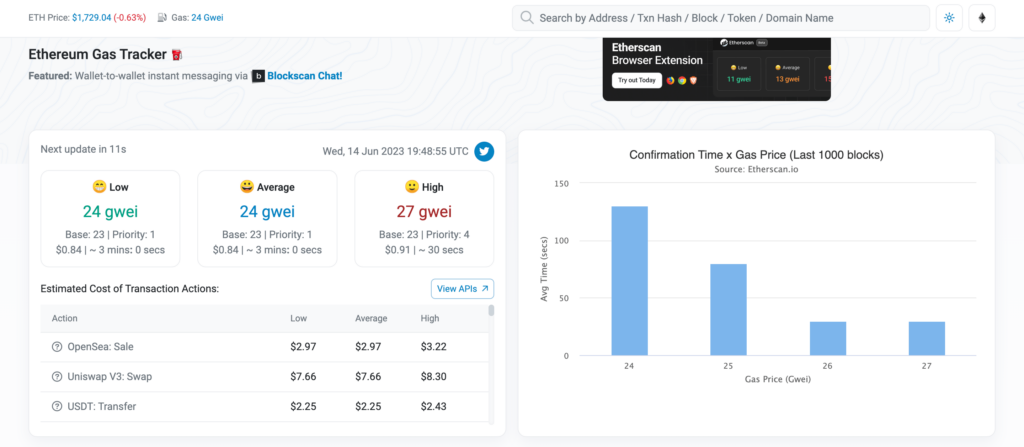
You can also see a 7 day overview of gas prices for a fuller picture of recent gas fluctuations.
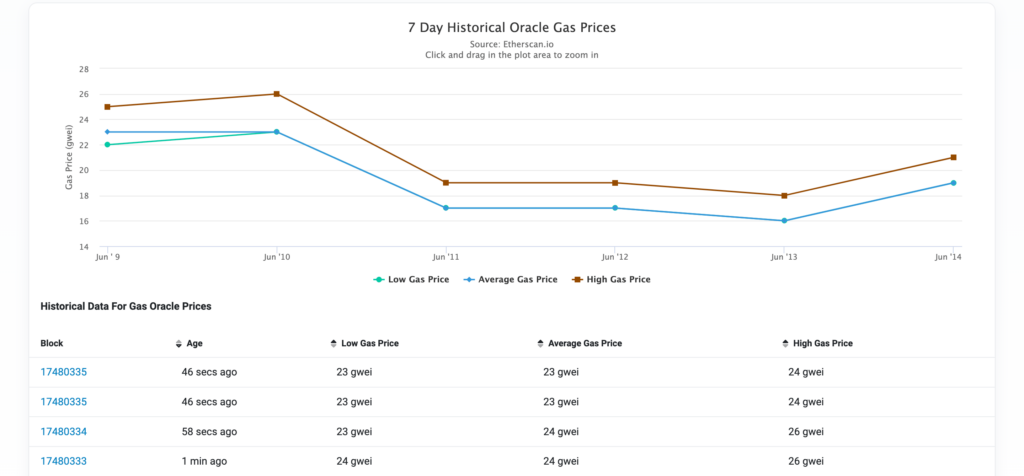
Finally, if you’re curious, you can also click a tab to see what smart contracts are “gas guzzlers” and driving the cost of GWEI up at the moment.
If you’d like to learn more about how you can fine tune your transactions so that you never spend more than you’d like, be sure to read Gas Tutorial: How to Set Your Own Gas Prices.
What Type of NFTs Can I Create?
NFTs typically come in the form of images, but can also be animations, music, text, video, or even dynamic NFTs that change and evolve over time. Some recent developments with ERC-6551 have seen NFTs that can operate as their own wallet, meaning that they can hold their own ETH, as well as their own NFTs. As time passes, people are finding new use cases for NFTs and inventive ways to incorporate art, commerce, tech, and collectibles.
Is It Free to Create an NFT?
If you’re using some of the giant marketplaces like OpenSea which allow lazy minting and are just looking to release a few pieces of your art, yes, you can do so for free (although these marketplaces often have their own onetime initialization charges). If you are making an NFT collection properly, and are deploying your own smart contract onto the blockchain, no, it is impossible (there will always be smart contract deployment costs which are unavoidable as well as gas costs). That being said, many people still prefer deploying their own smart contracts so that their work is not beholden to another marketplace.
How Much Does 1 NFT Cost?
Whether creating a single NFT or minting a single NFT, the answer is: it depends. Costs can vary wildly depending on the blockchain, changes in the market, gas costs, the complexity of the NFT, and whether the smart contract it was deployed on was optimized proper to reduce costs.
On Ethereum, even at times with low gas costs, minting a simple, optimized NFT, you will still generally pay at least a few bucks. Other blockchains like Polygon, Tezos, and Solana can be considerably cheaper (usually well under a dollar), although the downside is that few blockchains have nearly the same size NFT market as Ethereum.
Creating an NFT will generally be more expensive than minting one, with a few minor exceptions.
How Much Does It Cost to Create a 10,000 NFT Collection?
Once again, this depends on a number of factors including blockchain, gas fees at the time of deployment, marketplace fluctuations, the size and complexity of your NFTs, how efficient your smart contract is, etc. As a ballpark figure, it’s not uncommon for deployment costs on Ethereum to be in the range of $50-100 USD. That being said, our own comprehensive, no-code NFT collection creator, Launchpad, has had its contract optimized well beyond our competitors (including Manifold, Zora, Bueno, and more), and typically is in the range of $20-50 USD, even while supporting a whole host of advanced features that are often lacking in other platforms.
What Are Marketplace Fees?

Marketplace fees are the cost of doing business on an NFT marketplace. The NFT listing fees that marketplaces employ can vary, but typically fall anywhere between 0.5% – 2.5%. That being said, it’s important to keep up to date with changes in the market before releasing your collection, as major changes to marketplace fees happens more frequently than you might expect.
Layer 2 (L2) Solutions
If you’re interested in using the Ethereum blockchain but wish to avoid the excessively high fees associated with it, exploring layer 2 scaling solutions is a potential option.
Layer 2 solutions refer to protocols that operate on top of a Layer 1 blockchain, such as Ethereum, with the objective of improving scalability, privacy, and other fundamental characteristics of the underlying blockchain.
L2 solutions enable the scalability of Ethereum applications by processing the transactions away from the Ethereum Mainnet (layer 1), while still maintaining a high level of security. In short, they tend to be as secure as Ethereum, and often cheaper and with faster transactions.
By implementing L2 solutions, you can enhance transaction throughput and reduce gas fees, resulting in reduced expenses without compromising security. Additionally, these solutions contribute to a smaller carbon footprint since they require less gas and energy consumption.
Notable examples of layer 2 solutions include Polygon, Arbitrum, Optimism, and more.
Thanks for reading, and be sure to check out Launchpad if you’re looking to make the NFT collection of your dreams! If you’re looking to make an allowlist, or have absolutely any questions at all, don’t hesitate to reach out via our chat widget on HeyMint!
Further Reading

How to Start an NFT Collection
How to Create an ERC-721A NFT Collection With Launchpad
How to Create an ERC-1155 NFT Collection With Launchpad
NFT Scams: 10 Types You Need to Know
The Ultimate Guide to Digital Collectibles
